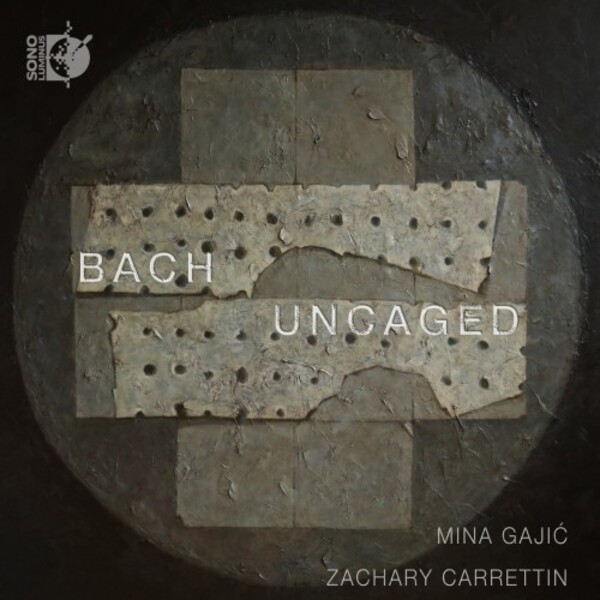
Bach Uncaged
£13.25
In stock - available for despatch within 1 working day
Despatch Information
This despatch estimate is based on information from both our own stock and the UK supplier's stock.
If ordering multiple items, we will aim to send everything together so the longest despatch estimate will apply to the complete order.
If you would rather receive certain items more quickly, please place them on a separate order.
If any unexpected delays occur, we will keep you informed of progress via email and not allow other items on the order to be held up.
If you would prefer to receive everything together regardless of any delay, please let us know via email.
Pre-orders will be despatched as close as possible to the release date.
Label: Sono Luminus
Cat No: DSL92273
Format: CD
Number of Discs: 1
Genre: Instrumental
Release Date: 31st May 2024
Contents
Works
Sonata for solo violin no.1 in G minor, BWV1001Sonatas and Interludes for Prepared Piano
Artists
Zachary Carrettin (violin)Mina Gajic (piano)
Works
Sonata for solo violin no.1 in G minor, BWV1001Sonatas and Interludes for Prepared Piano
Artists
Zachary Carrettin (violin)Mina Gajic (piano)
About
Error on this page? Let us know here
Need more information on this product? Click here